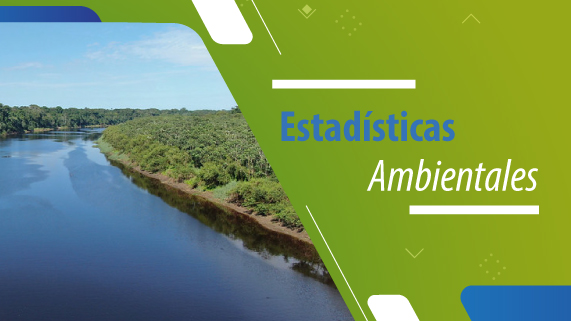Drinking Water Production In Metropolitan Lima Increased 4.4%
Nota de prensa
24 de August de 2022 - 10:52 a. m.
In the month of July of this year and according to the information provided by the Drinking Water and Sewerage Service of Lima (Sedapal), the production of water in Metropolitan Lima reached 63 million 587 thousand cubic meters (m3), which represented an increase of 4.4% compared to the same month of the previous year; This was announced by the National Institute of Statistics and Informatics (INEI), in the technical report Environmental Statistics.
The flow of the Rímac and Chillón rivers is reduced
According to the information provided by the National Service of Meteorology and Hydrology (Senamhi) during the month of July of this year, the average flow of the Rímac River reached 17.65 m3/s, a lower level of 13.8% and 17.4 % compared to the month of July 2021 and its historical average, respectively.
Similarly, the average flow of the Chillón River reached 1.46 m3/s, a figure 18.0% and 16.6% lower than in July 2021 and its historical average, respectively.
The flow of the rivers of the North Pacific slope increases
In July of this year and according to the data provided by the Senamhi, the flow of the main rivers in the northern area of the Pacific slope reached 29.75 m3/s, an amount higher by 2.2% and 1.7 % compared to the same month of 2021 and to its historical average, respectively.
On the contrary, the flow of the rivers on the slope of the central zone (9.56 m3/s) was reduced by 14.1% and 17.4%; meanwhile, the rivers of the South Pacific slope (12.68 m3/s) reported a decrease of 5.2% and 33.9% in relation to the month of July 2021 and its historical average, respectively.
Lima recorded low levels of ultraviolet radiation
In July 2022 and according to monitoring by Senamhi, the city of Lima reported level 2 of the ultraviolet radiation index (UV-B), which is equivalent to a low risk to health. While, the maximum value reached level 5, which is considered in a moderate range.
Puno and Arequipa reported the lowest temperatures
In the month of July 2022 and according to the monitoring of 16 Senamhi stations, the departments of Arequipa and Puno recorded the lowest temperatures. In Puno, the stations of Cojata (-16.8 °C), Mazo Cruz (-15.8 °C), Macusani (-13.4 °C), Crucero Alto (-12.6 °C), Desaguadero ( -12.4°C) and Cabanillas (-6.6°C); and in Arequipa, at the Imata and Pillones stations (-15.4°C each), Salinas (-13.2°C) and Caylloma (-9.8°C).
Also, low temperatures were reported in the departments of Junín, in the stations of La Oroya (-7.2°C) and Santa Ana (-4.2°C); Cusco, in the Sicuani (-6.4 °C) and Anta Ancachuro (-6.2 °C) stations; Tacna, at the Candarave station (-2.4°C) and in the department of Huancavelica at the Lircay station (-1.9°C).
Nationwide emergencies decreased 65.7%
Finally, the INEI reported that in the month of July 2022 and according to the information provided by the National Institute of Civil Defense (Indeci), 218 emergencies were reported at the national level, a result lower by 65.7% compared to the same month. 2021. The emergencies left 966 homeless, 1,202 homes affected, 43 homes destroyed, and 633 hectares of crops destroyed.
The largest number of emergencies were recorded in the departments of Cusco (27), Apurímac (22), Huancavelica (19), Moquegua (18), Pasco (17), Cajamarca (16), Junín (13), Ayacucho (12). , Puno and Lima (11 in each), Piura (9), Huánuco (7), Loreto and Tumbes (5 in each), Arequipa and Ucayali (4 in each), La Libertad, Ica and Lambayeque (3 in each), Tacna, Prov. Const. Del Callao and Amazonas (2 each) and Madre de Dios, San Martín and Áncash (1 each).
The emergencies were mainly caused by urban and industrial fires (63), frosts (43), strong winds (42), heavy rains (14), drop in temperature (13), earthquakes and forest fires (10 in each case), storms (winds with rain) and landslide (4 in each case), flooding due to river overflow, snowfall and collapse due to age (3 in each case), hailstorms and flooding due to overflowing canals (2 in each case); and freezing and collapse of hills (1 in each case).